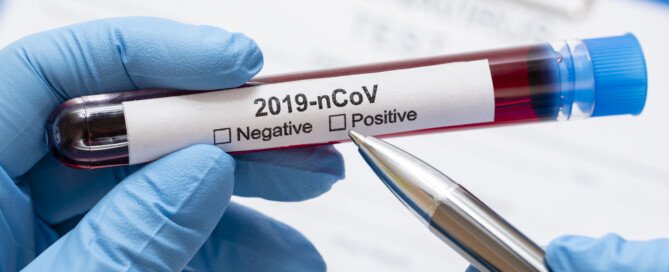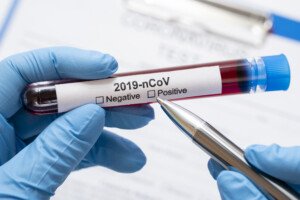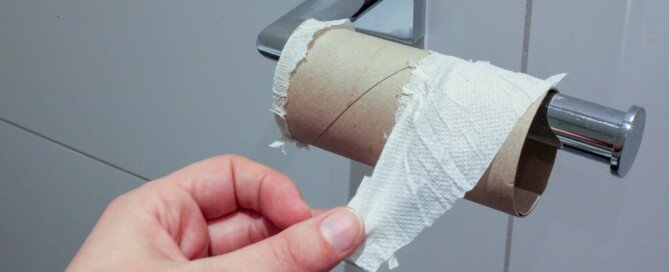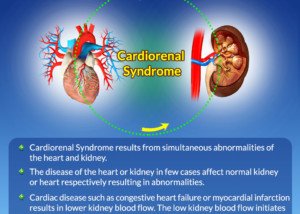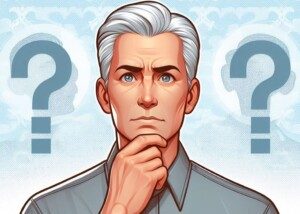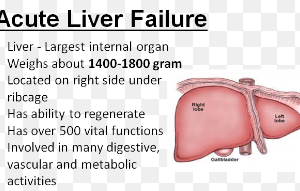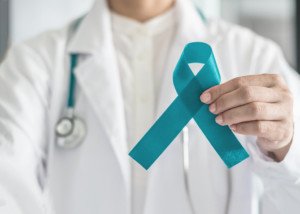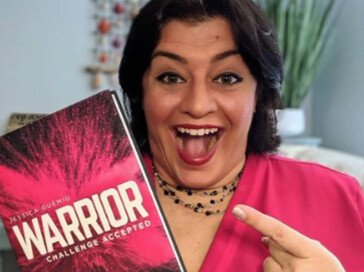COVID-19 Long Hauler, 51, Suffers Hair Loss, Can’t Taste Food
Christina Stanton was previously healthy but now, after “recovering” from COVID-19, suffers debilitating fatigue, can’t taste food and struggles with many ongoing issues such as major hair loss and body aches and pains.
Understanding the Finances Behind Breast Cancer

A breast cancer diagnosis often takes both a physical and emotional toll on the patient and her family.
If Humans Were Meant to Run, Why Do Injuries Plague Runners?
If the human body was meant to run, why do so many joggers and runners get all sorts of injuries?
This includes “runner’s knee,” shin splints and foot issues. (more…)
Can Several Bathroom Trips Overnight Mean a Heart Problem?
Are you getting up several times overnight to urinate and wonder if this means a heart problem?
Why Women Should Strengthen a Weak Grip with Fat Gripz
It’s so very important for women, especially those who feel weak, to strengthen their grips. The Fat Gripz tool will give you a stronger grip.
Scared of Ovarian Cancer? Should You Get Your Ovaries Removed?

Why can’t healthy women scared of ovarian cancer just have their ovaries removed instead of going through life afraid of getting this often-fatal disease?
10 Benign Symptoms that Women Mistake Gynecological Cancer For

Can you name 10 symptoms that can mean gynecological cancer?
Some will surprise you — signs that most women mistake for a benign condition. This can cost them their life. (more…)
Newly Diagnosed with TNBC? Survivor Gives Advice, Reassurance
At age 32 Jessica Duemig was diagnosed with tripple negative breast cancer.
A survivor, she gives advice and encouragement to the newly diagnosed who need a good shot of badass! (more…)
Breast Cancer Early Detection Tips from a Triple Negative Survivor
A survivor of triple negative breast cancer shares advice on early detection that every woman should know about. Breast cancer is highly curable only if it is caught early enough.
Pap Smear vs. HPV Test: Which Detects Cervical Cancer Better?


